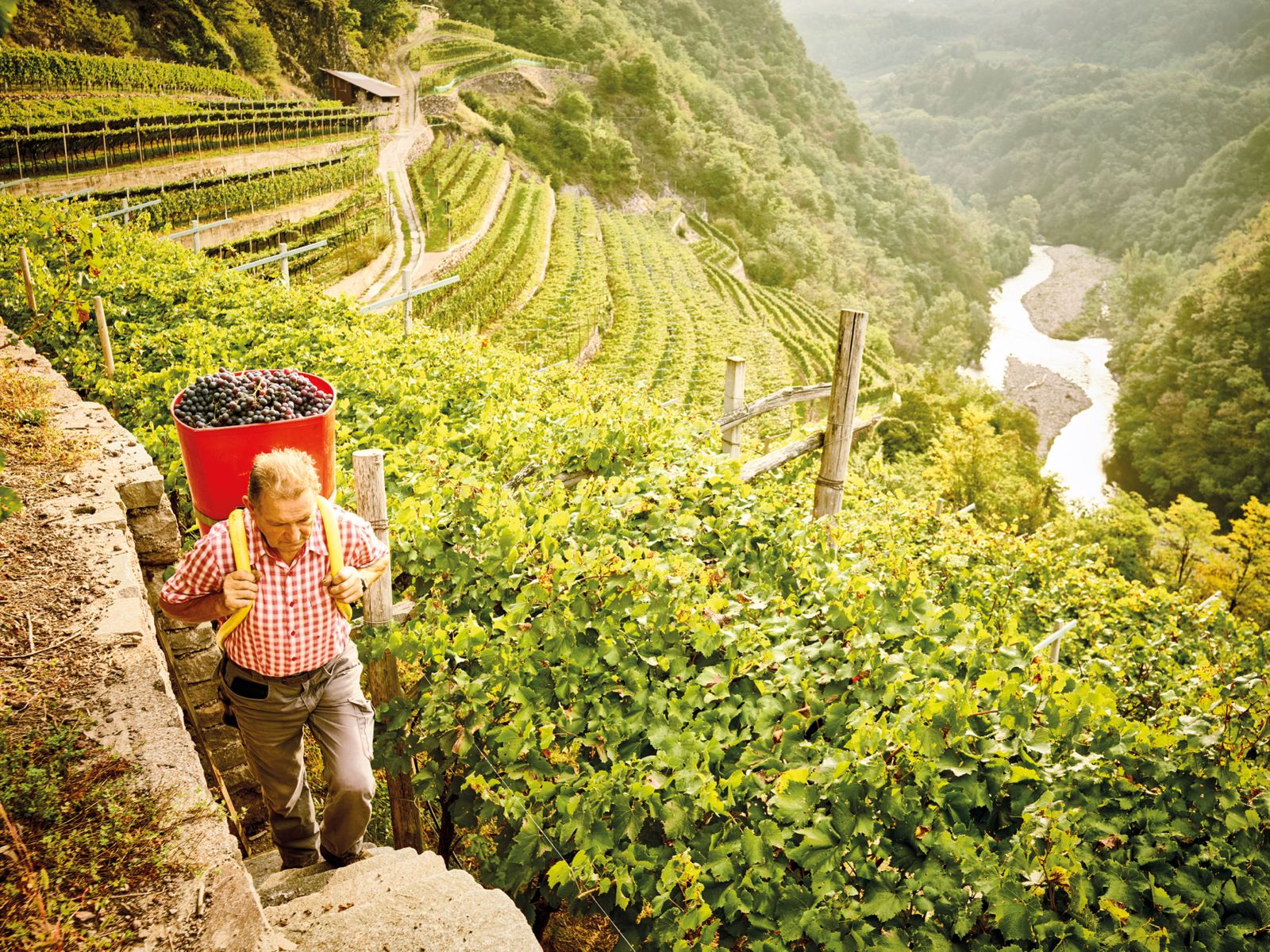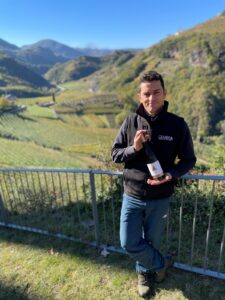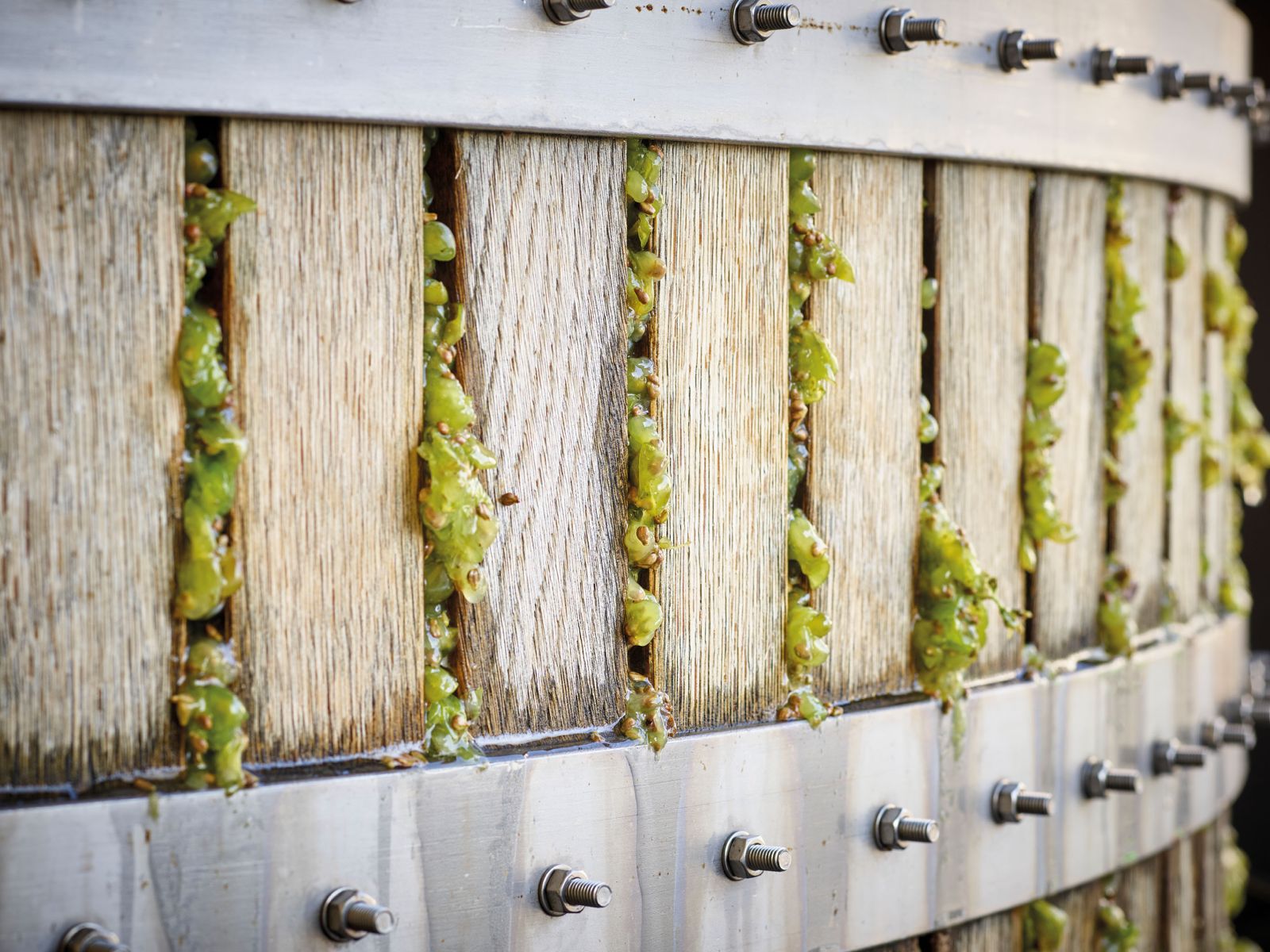A cooperative’s collective quest for quality in mountain wines

Ten years ago, Stefano Rossi joined CEMBRA Cantina di Montagna with both an intuition and a challenge: to create a metodo classico sparkling wine capable of telling the story of its land—without compromises and without artifices. Today, after a decade of experimentation and courageous choices, that vision has become reality—and of remarkable quality.
“When I arrived in 2011, no one was producing metodo classico here yet,” Rossi recalls. “The opportunity arose, and I jumped in.”
The first experiment dates back to 2008, when Rossi, still a student, decided to make a sparkling wine using a base wine with an alcohol level considered “unsuitable” for secondary fermentation. “The textbooks said that above a certain level you couldn’t make metodo classico, but I wanted to try anyway. I discovered on my own that it wasn’t true.” From this intuition—rooted in study and passion—a journey began that is now firmly established.
For Rossi, metodo classico is not just a technique, but a production philosophy that puts the purity of the fruit and the expression of the land at its core.
“I quickly realized that the base wine for sparkling has to be even better than a still wine. It’s not enough to make a good wine: you need an exceptional wine, one that can evolve and tell its story even after years of aging.”
In 2015, Rossi adopted a minimalist approach, inspired by the great producers of Champagne but with a strong Trentino identity: zero added sulfur, zero filtration, zero fining. “It’s much harder to not intervene than to intervene,” he emphasizes. This method enhances the raw material and the land itself, and ensures a quality that can even be felt in the well-being of the consumer.
This bond with the territory is the beating heart of CEMBRA Cantina di Montagna, located in the municipality of Cembra Lisignago, about 700 meters above sea level, in the heart of the spectacular Val di Cembra—one of the most enchanting winegrowing valleys of the Dolomites.
Here, the beauty of the mountains merges with heroic viticulture, made of vineyards that climb steep slopes, supported by over 700 km of dry-stone walls built by the vintners of Cembra—custodians of a tradition passed down through generations.
The valley, shaped by the Avisio River and characterized by porphyric soils—the “red gold” of the Val di Cembra—offers a unique terroir, with altitude, temperature swings, and microclimates ideal for cultivating high-quality grapes.
The cooperative, founded in 1952 and today the highest cooperative winery in Trentino, has around 300 member growers who tend to 300 hectares of vineyards, often in small plots of less than half a hectare, mostly south-facing and naturally ventilated by the Ora del Garda wind.
 The signature grape varieties of the winery are Müller Thurgau, Chardonnay, Riesling, and Pinot Noir—the latter cultivated with particular care in selected vineyards and even vinified in terracotta amphorae to preserve freshness and complexity. Added to these are Zymbra, a cuvée blending the best Müller Thurgau, Chardonnay, and Riesling grapes, and TrentoDoc Oro Rosso, a 100% Chardonnay Riserva Dosaggio Zero.
The signature grape varieties of the winery are Müller Thurgau, Chardonnay, Riesling, and Pinot Noir—the latter cultivated with particular care in selected vineyards and even vinified in terracotta amphorae to preserve freshness and complexity. Added to these are Zymbra, a cuvée blending the best Müller Thurgau, Chardonnay, and Riesling grapes, and TrentoDoc Oro Rosso, a 100% Chardonnay Riserva Dosaggio Zero.
The bond with the land is further strengthened by the close collaboration with the cooperative’s 300 grower members. “Each year we select the best 7–10 vineyards for metodo classico, rewarding those who work well. Compensation can vary by up to 40% more for those who follow a quality-driven path. This approach is gradually changing the mindset of our winegrowers.”
This work translates into bottles that express identity and distinctiveness: “We don’t need to chase the market. If the market rejects us, we’ll do something else—but what matters is staying true to ourselves and doing what we know how to do well.”
Beyond metodo classico, Rossi is also looking with interest at Trentino’s native varieties, such as Schiava and Kerner, with the goal of giving new life to these often-overlooked grapes. “Our task is to tell the story of the mountains and their wines without distorting them. Every bottle must carry the scent, the freshness, and the history of this land.”
The work in the vineyard is demanding, requiring over 900 hours per hectare each year—compared to 300–400 hours in flat areas—due to slopes that can exceed 40%. Pruning, irrigation, green harvesting, and the grape harvest—strictly by hand—are carefully overseen by the winery’s team, which applies sustainable practices in line with the National Quality System for Integrated Production.
Porphyry, an ancient volcanic rock, is not only the foundation of the soils but also a symbol of the valley, which continues to shapea rural landscape.
But what is the most beautiful thing to see beyond the vineyards ? The members themselves, visiting their winery and enjoying theirown wine. Chatting with tourists, they recount their feats amongthe mountains, keeping alive the spirit and soul of thisextraordinary place.

